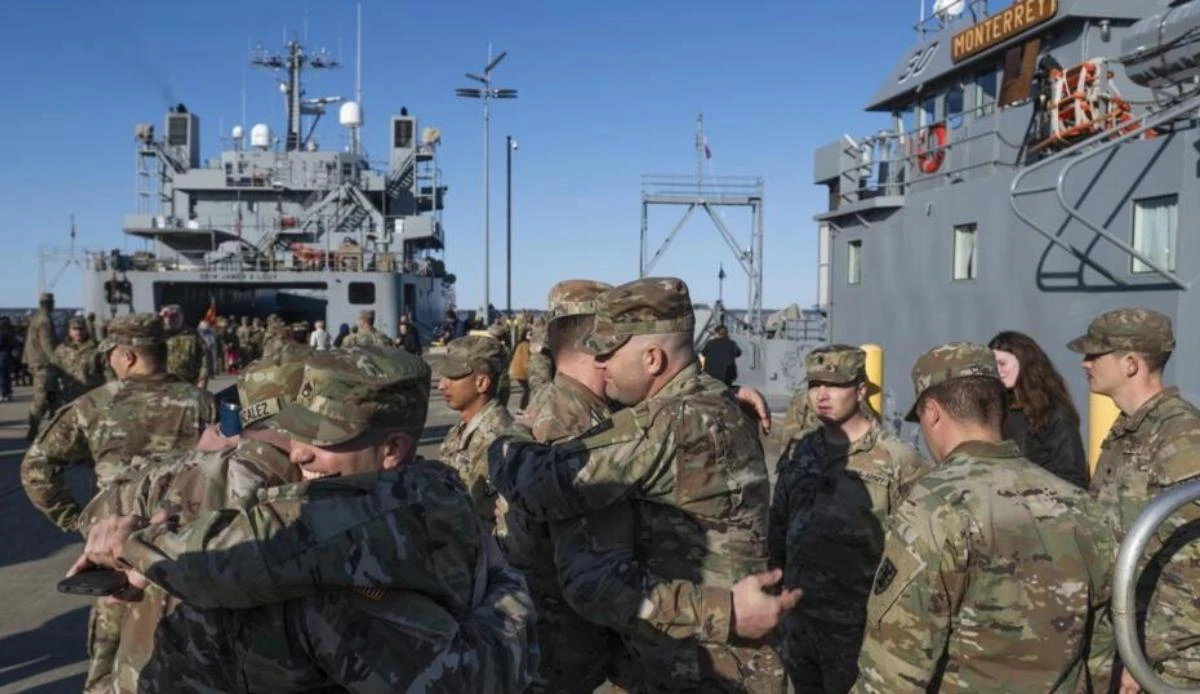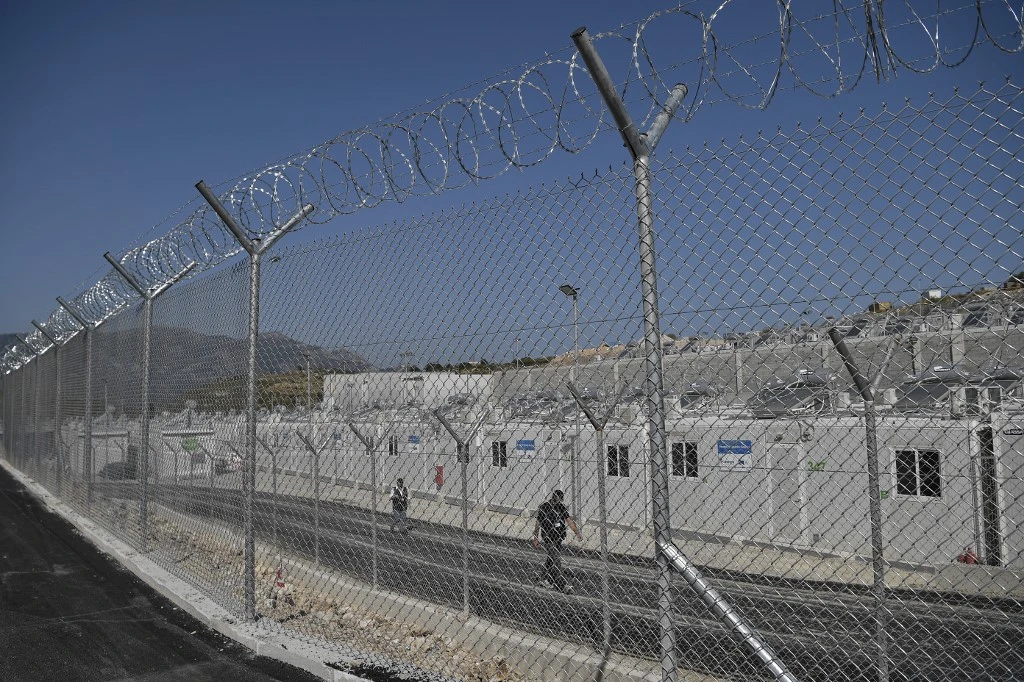Obstacles await United States’ plan for a temporary ‘floating pier’ in Gaza

US plan to build a temporary dock off the coast of Gaza to provide relief supplies is facing logistical challenges and security concerns
The feasibility of the US attempt to build a temporary dock off the coast of Gaza to enable relief supplies is called into question by logistical challenges and security concerns.
President Joe Biden’s plan has drawn attention because it attempts to alleviate the humanitarian problem that the violence in Gaza has made worse. The idea is to build a “floating pier” so that desperately needed supplies may reach the oppressed Palestinian people, especially in the north where Israeli blockades have made access difficult.
The project’s intricacy was highlighted by Pentagon spokeswoman General Pat Ryder’s warning that it may take up to 60 days to fully operationalize. The seriousness of the issue is highlighted by the UN’s recent warning of an impending famine in Gaza and reports of severe malnutrition among small children.
Experts contend that overland supply channels would be more effective, therefore they are skeptical of the suggested marine route, despite the possibility that it may provide Gazans a lifeline. Proponents stress the need for greater access to humanitarian help and call on Israel to expedite aid crossings.
The “temporary offshore” pier will house both military and civilian boats, and construction is expected to employ around a thousand US troops. President Biden’s guarantee that US troops would stay offshore and that no land deployment was envisaged was reaffirmed by General Ryder.
Even with the pier’s expected advantages, worries about its susceptibility to security breaches continue. The explosive nature of the situation is shown by the tumultuous events in early March, when Palestinians rushed for relief from a truck convoy, resulting in deaths amid suspicions of Israeli soldiers’ participation.
Experts also point out how difficult it may be to protect the stationary structure from any assaults, especially drone strikes. The nautical historian Salvatore Mercogliano pointed out that in order to reduce security hazards, continuous observation is required.
There are still concerns about the US initiative’s efficacy and durability, even while it is a move in the right direction toward meeting Gaza’s pressing humanitarian needs. The past experiences with comparable projects, like the installation of a floating pier in Haiti after the 2010 earthquake, provide information on the possible advantages and restrictions of these kinds of interventions.
Source: AFP



